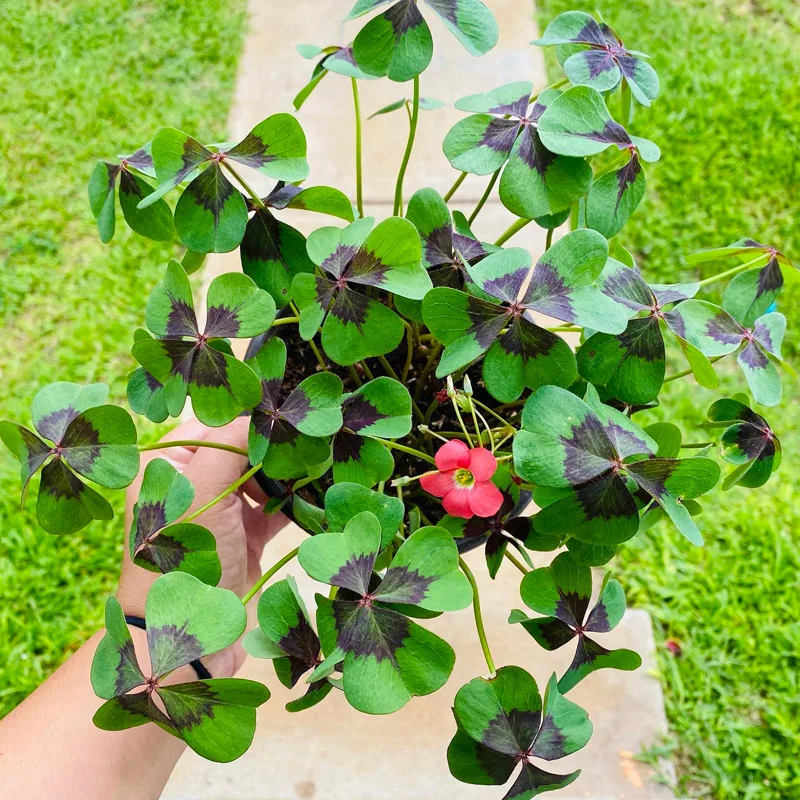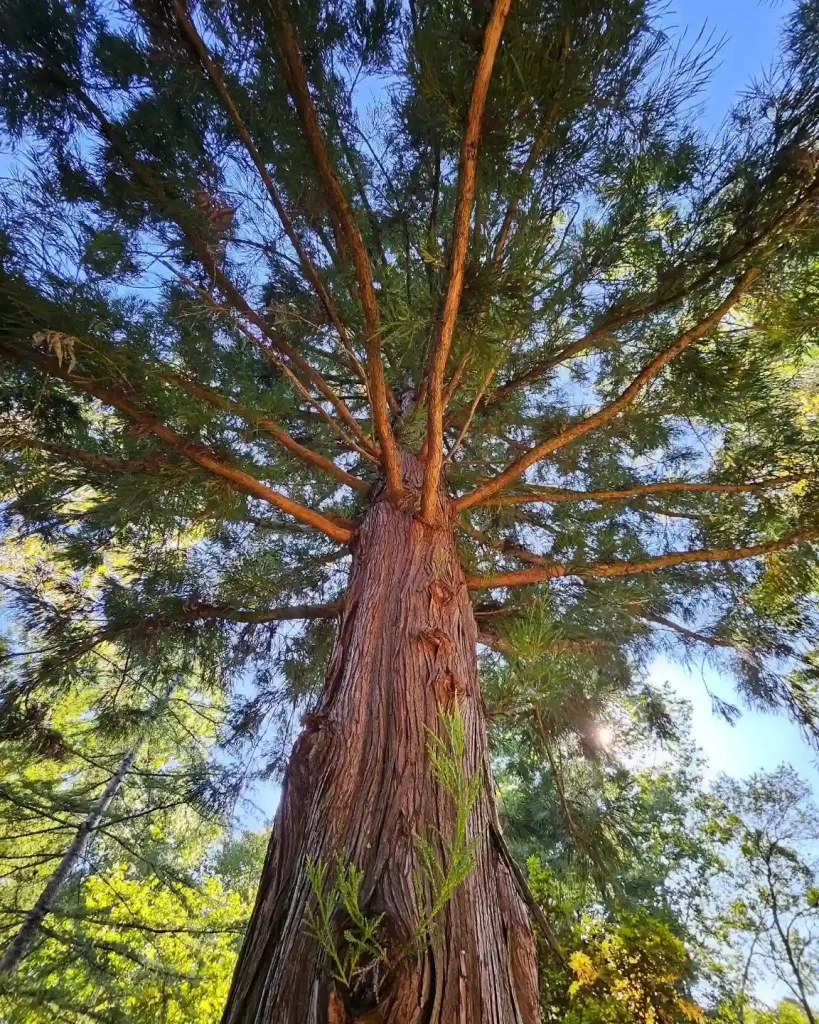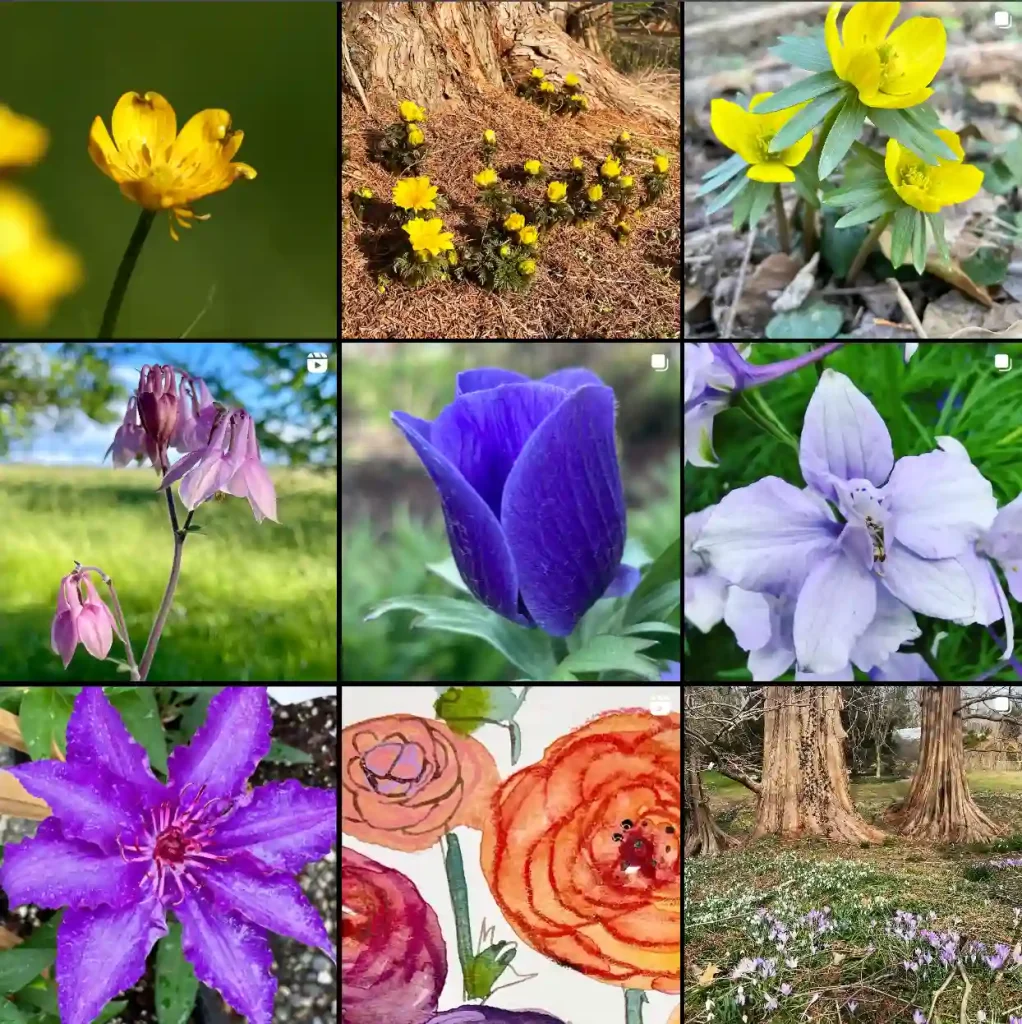
Exploring the Beauty and Versatility of Palo Verde Trees
When I think of trees that embody resilience and beauty, the Palo Verde tree instantly comes to mind. Native to arid regions, these trees are a masterclass in adapting to challenging environments while offering stunning visual appeal. It have 4 species: Blue Palo Verde (Parkinsonia florida), Foothill Palo Verde (Parkinsonia microphylla), Border Palo Verde (Parkinsonia texana), and Mexican Palo Verde (Parkinsonia aculeata).
14 Species in Genus Parkinsonia
How to Trim Palo Verde Tree?
Trimming a Palo Verde tree is essential for maintaining its health and appearance. I’ve found that the best time to trim is late winter or early spring before new growth begins. Use sharp, clean pruning shears or a saw for larger branches. Focus on removing any dead or diseased wood, and thin out the canopy to allow light and air to reach the interior of the tree. This will help reduce the risk of fungal infections and promote a healthy structure.
Are Palo Verde Tree Roots Invasive?
Palo Verde tree roots are not typically considered invasive, but they do have a substantial root system. They are known for their deep, taproot structure that helps them survive in arid conditions. However, if planted too close to structures or other plants, their roots can potentially cause issues. I’ve found that planting them at least 10 feet away from foundations and underground utilities is a good practice.
How to Prune Palo Verde Tree?
Pruning a Palo Verde tree is similar to trimming but involves more detail. The goal is to shape the tree and remove any crossing branches that could cause damage. Always prune back to a lateral branch or bud to encourage a natural shape. Regular pruning helps prevent overcrowding and ensures the tree maintains its distinctive form.
How to Keep a Palo Verde Tree Small?
If you want to keep your Palo Verde tree small, regular pruning is key. By trimming the tree annually, you can control its size and shape. Additionally, selective pruning of the branches and tips can help maintain a more compact growth habit. Keeping the tree in a smaller container is also an option if you’re growing it as a potted plant.
How to Tell If Palo Verde Tree Is Dying?
Identifying a dying Palo Verde tree involves looking for several signs. Yellowing leaves, sparse foliage, and a loss of bark can indicate trouble. In some cases, you might notice dieback on the branches or a significant amount of fallen debris. Regular inspection and prompt action can help address these issues before they become severe.
Are Palo Verde Tree Thorns Poisonous?
Palo Verde tree thorns are not typically poisonous. They are, however, sharp and can cause injury if handled carelessly. Always wear gloves and protective clothing when working around the tree to avoid punctures and scratches. While the thorns are not toxic, they can still be quite painful.
Can You Grow a Palo Verde Tree From a Branch?
Growing a Palo Verde tree from a branch is possible through a process called cuttings propagation. Take a healthy, semi-hardwood cutting from the tree, and allow it to dry for a few days. Then, plant it in well-draining soil and keep it moist until roots develop. This method can be a bit challenging, but with patience and the right conditions, it’s achievable.
How Deep Are Palo Verde Tree Roots?
Palo Verde tree roots can extend quite deep into the soil, sometimes reaching depths of 10 feet or more. Their deep root system is an adaptation to survive in dry environments, allowing them to access water from deeper soil layers. This deep rooting also makes them relatively drought-tolerant.
How Fast Does a Palo Verde Tree Grow?
Palo Verde trees are known for their rapid growth, especially in their early years. On average, they can grow between 2 to 3 feet per year. This vigorous growth rate means they can quickly establish themselves in your landscape, but it also requires regular maintenance to manage their size and shape.
How Much Does a Palo Verde Tree Cost?
The cost of a Palo Verde tree varies based on its size and the nursery. For a small, young tree, you might pay around $50 to $100. Larger, more established trees can cost several hundred dollars. It’s worth checking with local nurseries or garden centers for the best prices and availability.
How Much Water Does a Palo Verde Tree Need?
Palo Verde trees are quite drought-tolerant and don’t require a lot of water once established. I typically water them deeply once a month during dry periods. Overwatering can be detrimental, leading to root rot and other issues. A good rule of thumb is to let the soil dry out between waterings.
How to Care for a Palo Verde Tree?
Caring for a Palo Verde tree involves regular pruning, appropriate watering, and monitoring for pests or diseases. Ensure the tree is planted in well-draining soil and avoid overwatering. Fertilize once a year with a balanced fertilizer to support healthy growth. Regularly check for signs of pests like scale or aphids, and treat as needed.
Palo Verde Tree vs. Mesquite Tree
When comparing Palo Verde trees to Mesquite trees, there are a few key differences. Both are desert-adapted, but Palo Verde trees are known for their green bark and bright yellow flowers, while Mesquite trees often have a more rugged appearance and produce small, pea-like pods. Mesquites typically have a more extensive root system and can be more aggressive in their growth. Choosing between them often comes down to personal preference and the specific needs of your landscape.
Additional Considerations
- What is the best soil for a Palo Verde tree? Well-draining soil is crucial. Sandy or loamy soil works best.
- How to propagate Palo Verde trees? Aside from cuttings, Palo Verde trees can be propagated from seeds. Plant the seeds in a seed-starting mix and keep them moist until germination.
- What to plant with a Palo Verde tree? Complementary plants include desert perennials and succulents that thrive in similar conditions.
Whether you’re a seasoned gardener or a newcomer, understanding the needs and characteristics of the Palo Verde tree can enhance your gardening experience and help you create a stunning and resilient landscape.
If i die, water my plants!



